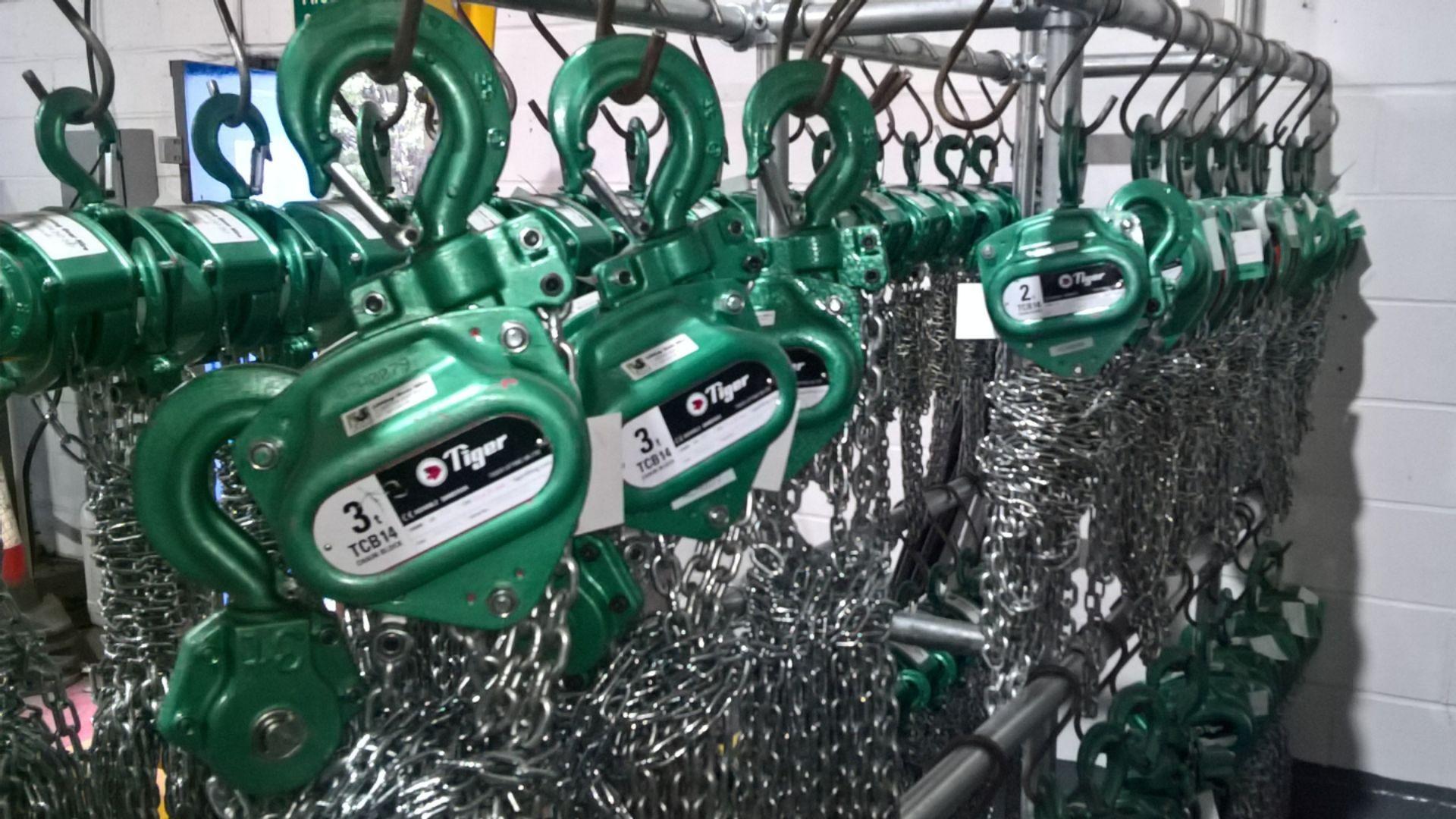What to Avoid When Using a Hand Chain Hoist
The hand chain hoist, also known as a chain block or a spur gear hoist in Europe, is one of the most used pieces of lifting equipment around the world. The reason for this is its simple design and ability to make manually lifting heavy objects significantly easier. There’s no need to overstrain as it significantly reduces the pulling effort needed by the operator.
Highly versatile thanks to its rugged design and durability combined with its ease of use, it is used across multiple industries. Don’t think they are indestructible though, if used incorrectly they can be easily damaged during a lift.
Here are 5 common mistakes people make when using a hand chain hoist.
1. Modifying the Hoist
Not only will you violate your warranty if you make modifications to your hoist, but you also risk making the hoist less safe and more likely to fail. A common modification people make is removing the latch from the hoist to make connecting to the load easier. But this is dangerous as it means the load is not secured correctly.
2. Overloading the Hoist
The simplest and most common mistake made when operating a hand chain hoist is going over the Working Load Limit (WLL). Applying too much force to the hook will strain it, leaving it damaged and unusable and could lead to a lifting failure that could injure you or someone else.
3. Twisting the Chain
Letting the chain twist can also lead to damage and issues for your chain hoist. A twisted or spinning chain can become jammed inside the gears or even come off completely. It will also mean that your load will not be lifted correctly and may collide with the objects around you. On multi fall blocks a twisted chain can happen when a chain block capsizes or turns over.
4. pulling too Fast
It is best to pull the chains slowly and steadily as the chain fall can run into the load if care isn’t taken. This can cause damage to the housing and jam the chain, leading to a slower running of the chain block. Always operate the chain slowly and work to fix jams quickly if they happen.
5. Damaging the Brake & Internals
Though you will need to lubricate the chain, it is important to make sure that the brakes do not encounter grease/oil as this will significantly decrease functionality. Prevent the ingress of dirt and liquid by using a weather cover when working in certain outdoor conditions or use a corrosion resistant hoist

Hand Chain Hoist Do’s & Don’ts
Don’t:
- Don’t leave load suspended for an extended period.
- Don’t leave suspended load unattended.
- Don’t attempt to lift more than the WLL (Working Load Limit).
- Don’t use in temperatures below -40°C (-40°F) or above +50°C (+122°F).
- Don’t force the hook or chain into place by hammering.
- Don’t wrap the load chain around the load and hook it to itself as a sling/choker.
- Don’t allow the load to swing or collide with other objects.
- Don’t lift, lower, support or transport people.
Do
- Do keep all your attention on operating the chain block.
- Do inspect your chain hoist thoroughly before each lift.
- Do operate slowly and steadily to avoid the chain coming off the gear.
- Do test the brake function before the lift.
- Do check the suspension points can handle the load.
Hire a hand chain hoist today
LGH have got a large, varied range of high quality hand chain blocks with capacities starting from 0.5t up to 30t.
Contact one of our lifting experts and see how we can help you with your lifting needs on 03704 247 247 or enquiries@lgh.co.uk.









